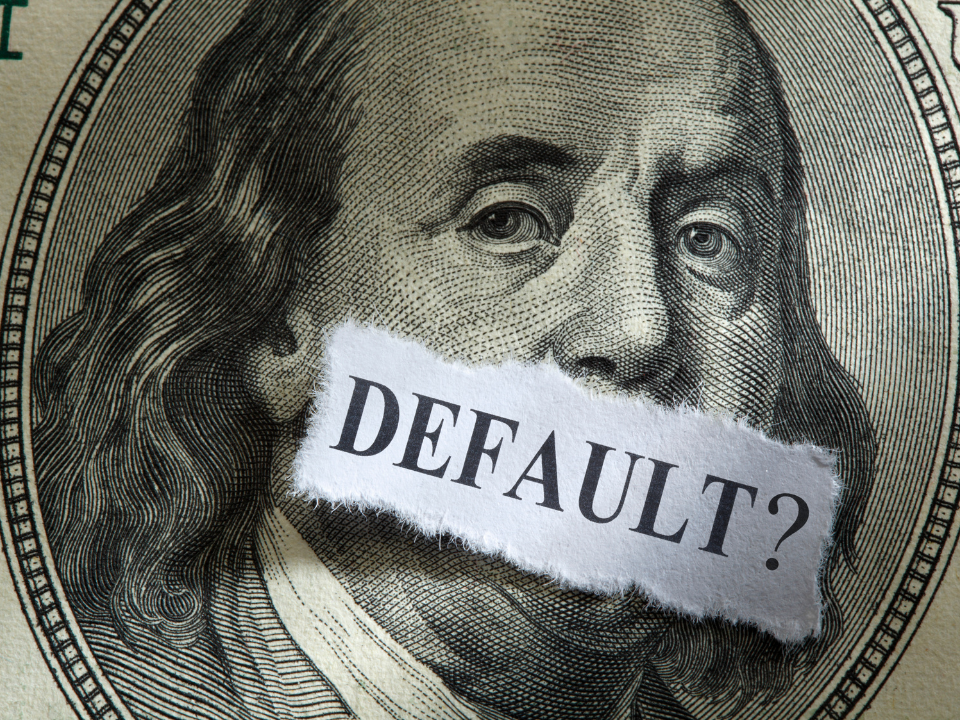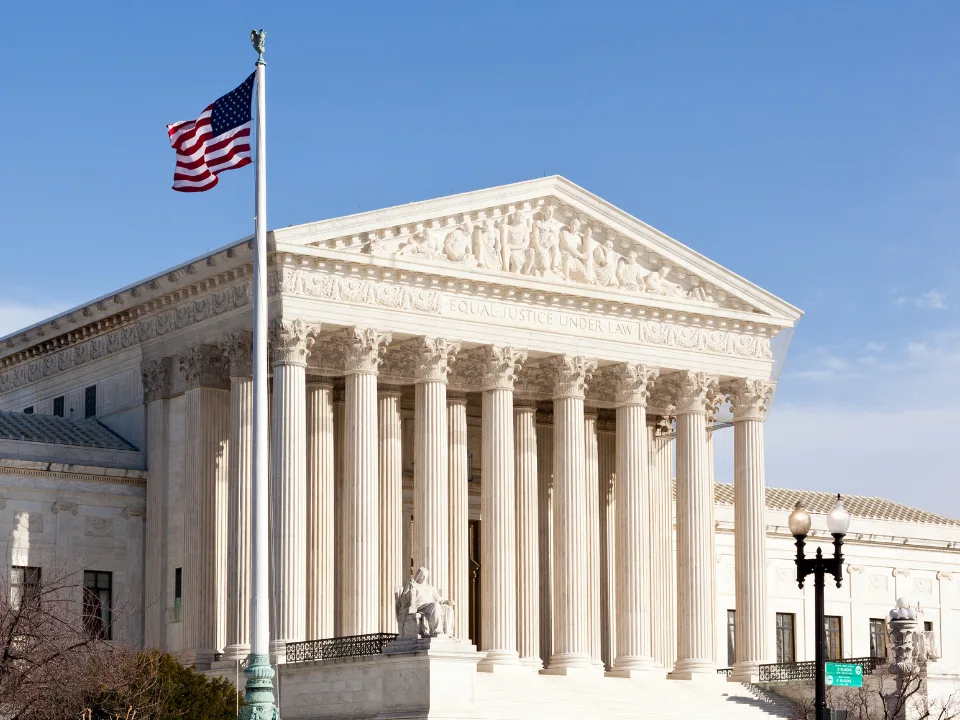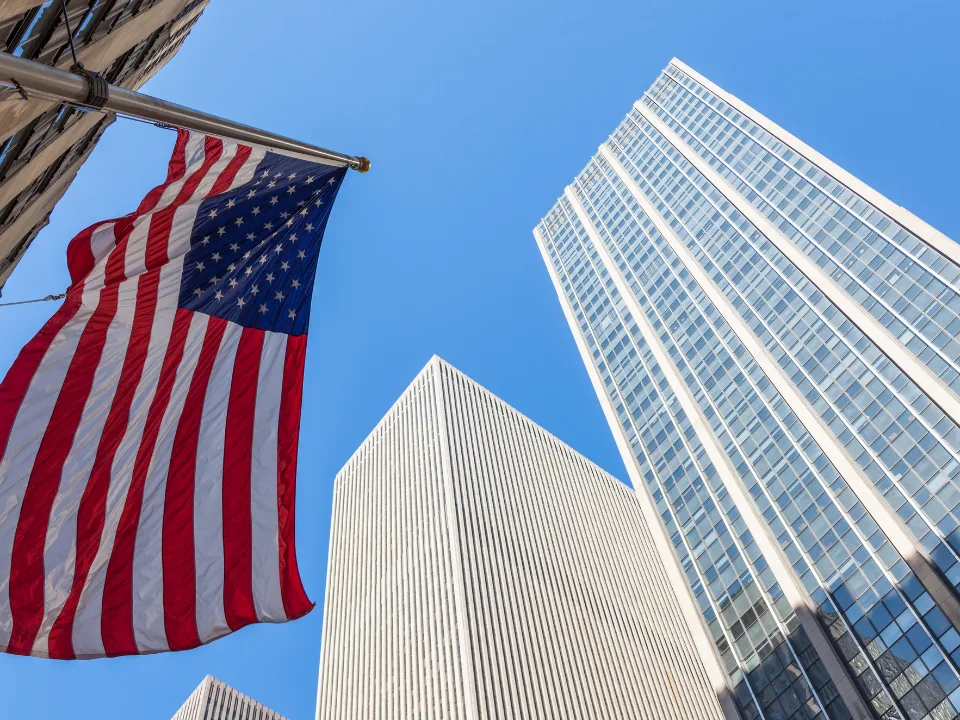- Double defaults in commercial property loans have hit a decade high, showing stress in the real estate market and raising concerns about stability.
- Regulators and analysts are scrutinizing the banking industry’s “extend and pretend” strategy—granting loan modifications to delay defaults.
- Total re-defaulted commercial property loans surged to $5.5B in September, up 90% from the previous year.
The volume of U.S. commercial real estate loans facing a “double default”—where borrowers default again after receiving temporary relief—has reached its highest level since 2014, with $5.5B in re-defaulted loans as of September.
Extend And Pretend
Banks have increasingly modified loans to prevent write-offs, a strategy nicknamed “extend and pretend.”
However, this approach may be masking deeper systemic risks, as interest rates remain high and borrowers continue to face financial difficulties, particularly in the office and retail sectors.
Time For a Reckoning
In response to high vacancy rates and declining property values, banks have turned to temporary loan modifications, deferring payments, or slightly lowering interest rates.
A recent New York Federal Reserve study cautioned that this approach can lead to “credit misallocation” and ultimately weaken financial stability.
In the first nine months of 2023, the value of delinquent CRE loans rose by 25%, with modified loans re-defaulting at unprecedented levels.
Sector-Specific Challenges
The commercial property sector has been especially hard-hit by the pandemic and subsequent economic shifts.
Office buildings and shopping centers are among the most vulnerable, but rising defaults have now also reached apartment buildings.
Analysts point out that, while CRE loans make up a small fraction of the $2T lent by banks, even modest losses could impact banks’ balance sheets if default rates continue to rise.
Get Smarter about what matters in CRE
Stay ahead of trends in commercial real estate with CRE Daily – the free newsletter delivering everything you need to start your day in just 5-minutes
Regulatory Concerns
Banking regulators have expressed concerns about the implications of continued loan modifications. Many modified loans that have re-defaulted did so with only minor relief—typically around 2% lower payments.
Ivan Cilik, a consultant with Baker Tilly, warns that the trend of rising defaults may indicate that these modifications are not sufficient to support borrowers for the long term. If economic conditions don’t improve, U.S. banks could face growing losses.
Why This Matters
The practice of “extend and pretend” is seen as a short-term fix that may defer losses rather than prevent them. As regulators monitor the situation, the continued trend of double defaults could signal broader financial risks tied to the CRE market.ng shortage.
















